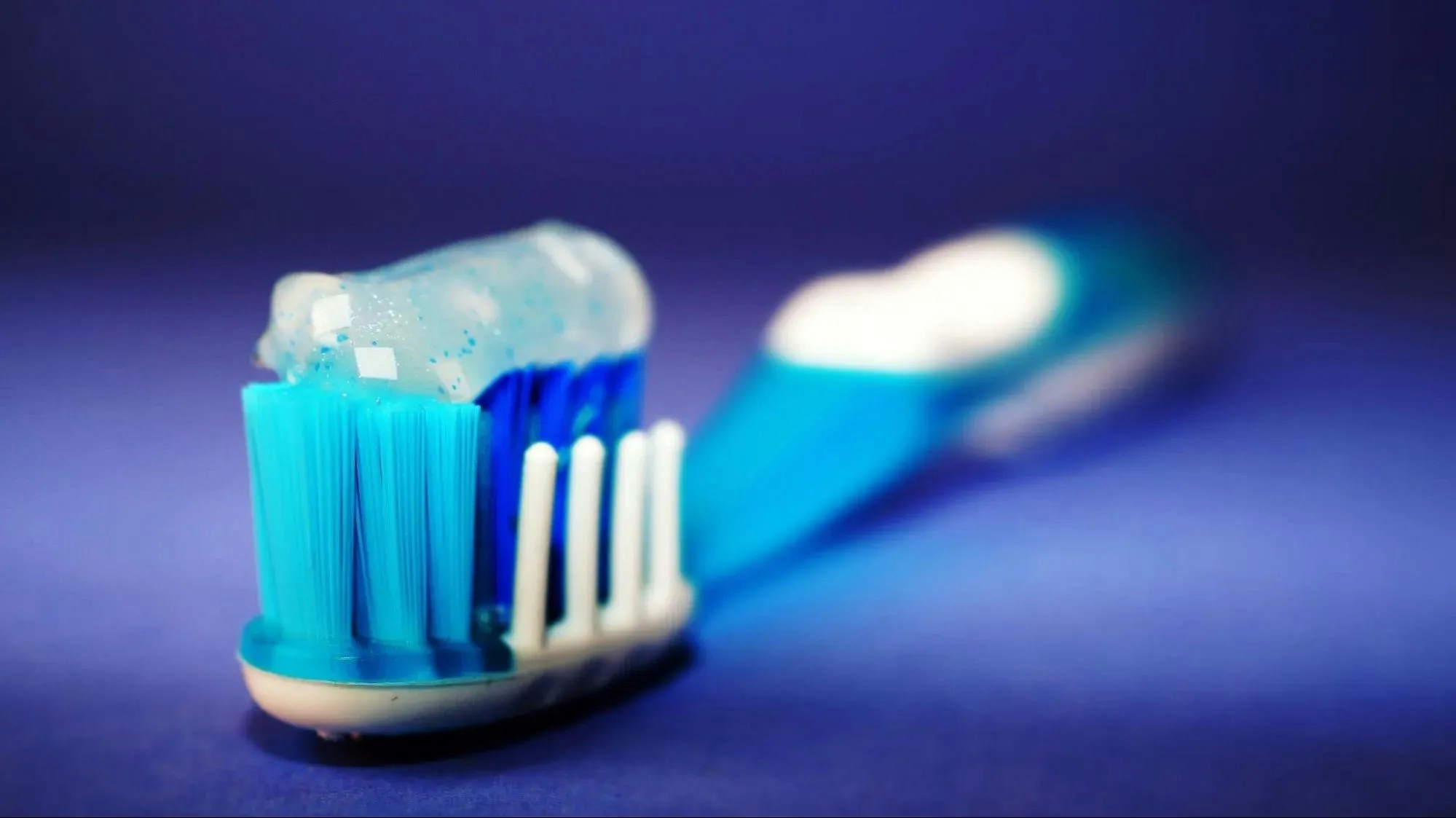What Are Examples of Interventions that Improve a Patient's Periodontal Health?
When it comes to enhancing periodontal health, the experiences of dental professionals are invaluable. A Dentist and Clinical Advisor recounts a significant improvement by highlighting plaque with disclosing tablets, setting the stage for our exploration. Alongside this expert perspective, we present five additional answers, concluding with the incorporation of interdental brushes, to paint a broader picture of effective interventions in periodontal care.
- Highlight Plaque with Tablets
- Promote Regular Dental Cleanings
- Utilize Antibacterial Mouthwashes
- Apply Fluoride Treatments
- Explore Benefits of Laser Therapy
- Incorporate Interdental Brushes
Highlight Plaque with Tablets
When it comes to oral hygiene, educating patients and using gentle reminders is essential. One way I like to engage my patients is by using tablets to highlight the plaque on their teeth. After chewing the tablet and spitting it out, any lingering bacteria are highlighted in bright blue or purple. Patients are often shocked at how much remains despite their brushing twice a day!

Promote Regular Dental Cleanings
Regular dental cleanings are a cornerstone of good periodontal health, providing a deeper level of cleanliness than typical at-home brushing and flossing. By removing plaque and tartar buildup, these professional cleanings thwart the progression of gingivitis, which is the early stage of gum disease. Dentists use specialized tools to gently scrape away deposits that if left untreated, could lead to more serious conditions.
These appointments also give dental professionals the chance to assess the overall health of one's mouth and offer personalized advice. Make sure to schedule your next dental cleaning to keep your gums in tip-top shape.
Utilize Antibacterial Mouthwashes
Antibacterial mouthwashes offer a chemical approach to maintaining periodontal health by targeting and neutralizing harmful bacteria in the mouth. When used regularly, these mouthwashes can reach places that brushing might miss, providing additional protection against bacterial proliferation. They disrupt the formation of bacterial biofilms which are responsible for causing various oral health issues, including periodontal disease.
This intervention complements daily oral hygiene routines and is particularly helpful for those at higher risk for periodontal problems. Incorporate an antibacterial mouthwash into your daily routine for an extra level of defense against gum disease.
Apply Fluoride Treatments
Fluoride treatments are typically applied by dental professionals and have the ability to greatly bolster the strength of tooth enamel. This mineralizing treatment helps to resist acid attacks from bacteria in the mouth, thus preventing tooth decay, which can have direct implications on the health of gums and supporting periodontal structures. With stronger enamel, teeth are less susceptible to conditions that can lead to periodontal disease.
These treatments are both quick and non-invasive, making them an excellent choice for patients of all ages. Discuss with your dentist the possibility of adding fluoride treatments to your oral care regimen for stronger, healthier teeth and gums.
Explore Benefits of Laser Therapy
Laser therapy represents an advanced form of periodontal treatment that works by specifically targeting inflamed gum tissue while leaving healthy tissue intact. This method can result in faster healing times and reduced discomfort compared to more conventional surgical interventions. It is particularly beneficial for those with moderate to severe periodontal disease, offering a minimally invasive option that can drastically reduce inflammation and promote regeneration of periodontal tissues.
Laser therapy procedures are often quick, and most patients can resume their normal activities shortly after. If you are experiencing signs of periodontal inflammation, ask your dentist about the potential benefits of laser therapy.
Incorporate Interdental Brushes
Interdental brushes are designed to clean between the teeth, an area where traditional toothbrushes might not reach effectively. This type of brush helps to remove food particles and plaque, which is a sticky film of bacteria that can lead to periodontal disease if not managed properly. By incorporating interdental cleaning into your oral hygiene practice, you can significantly lower your risk of developing gum problems.
They are available in various sizes to suit the unique spaces between different teeth and are easy to use. Consider making interdental brushing a part of your evening routine to ensure a more thorough clean.

